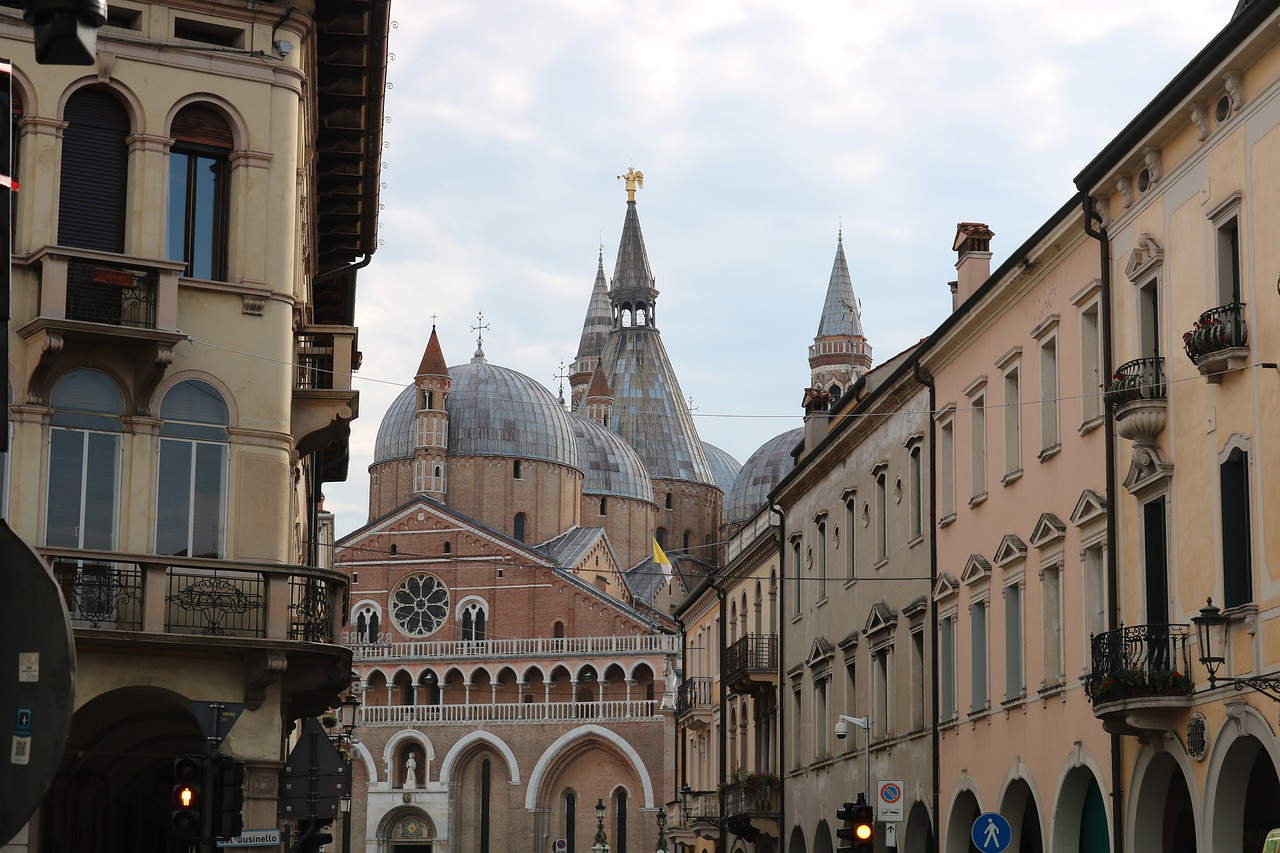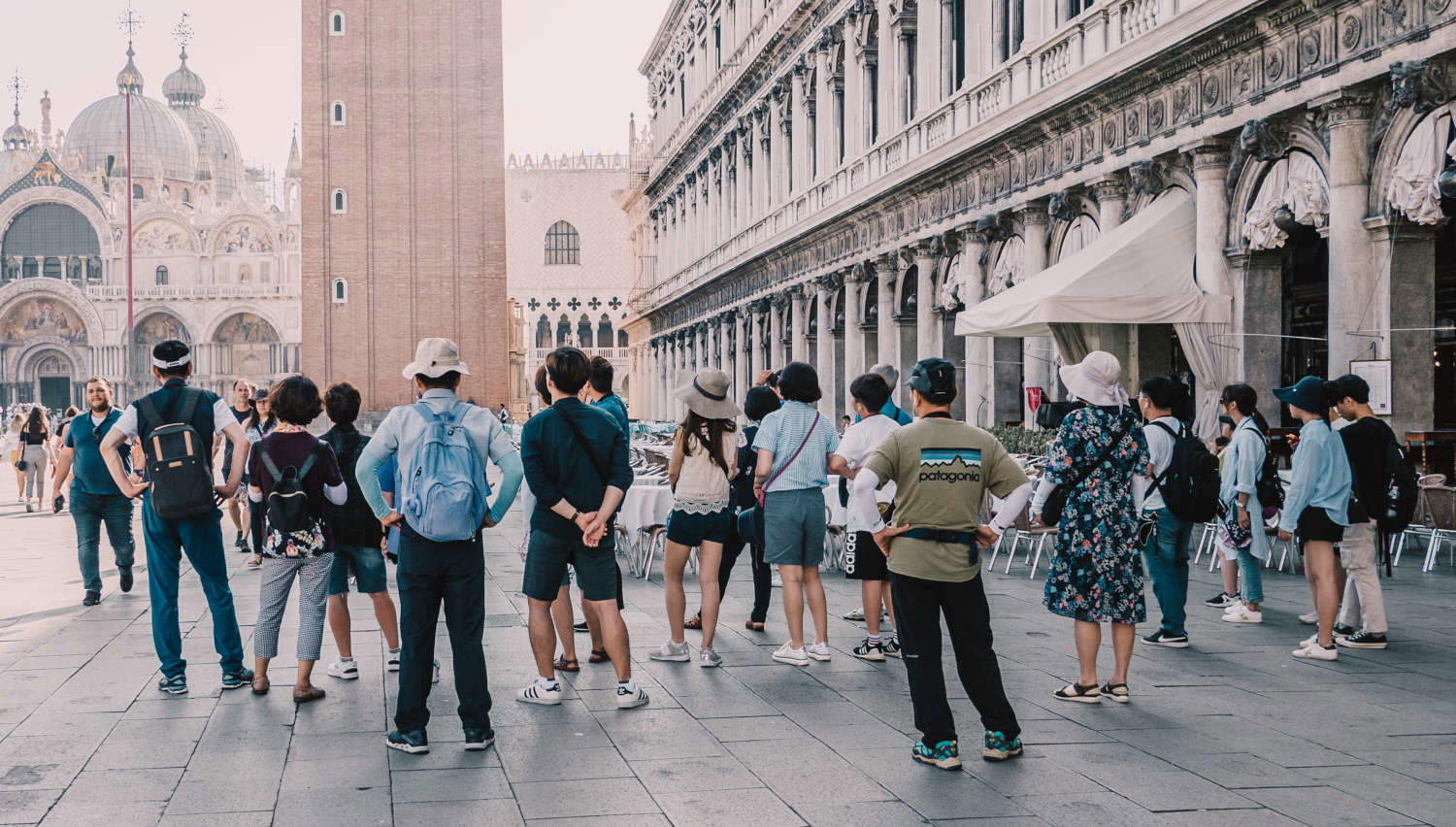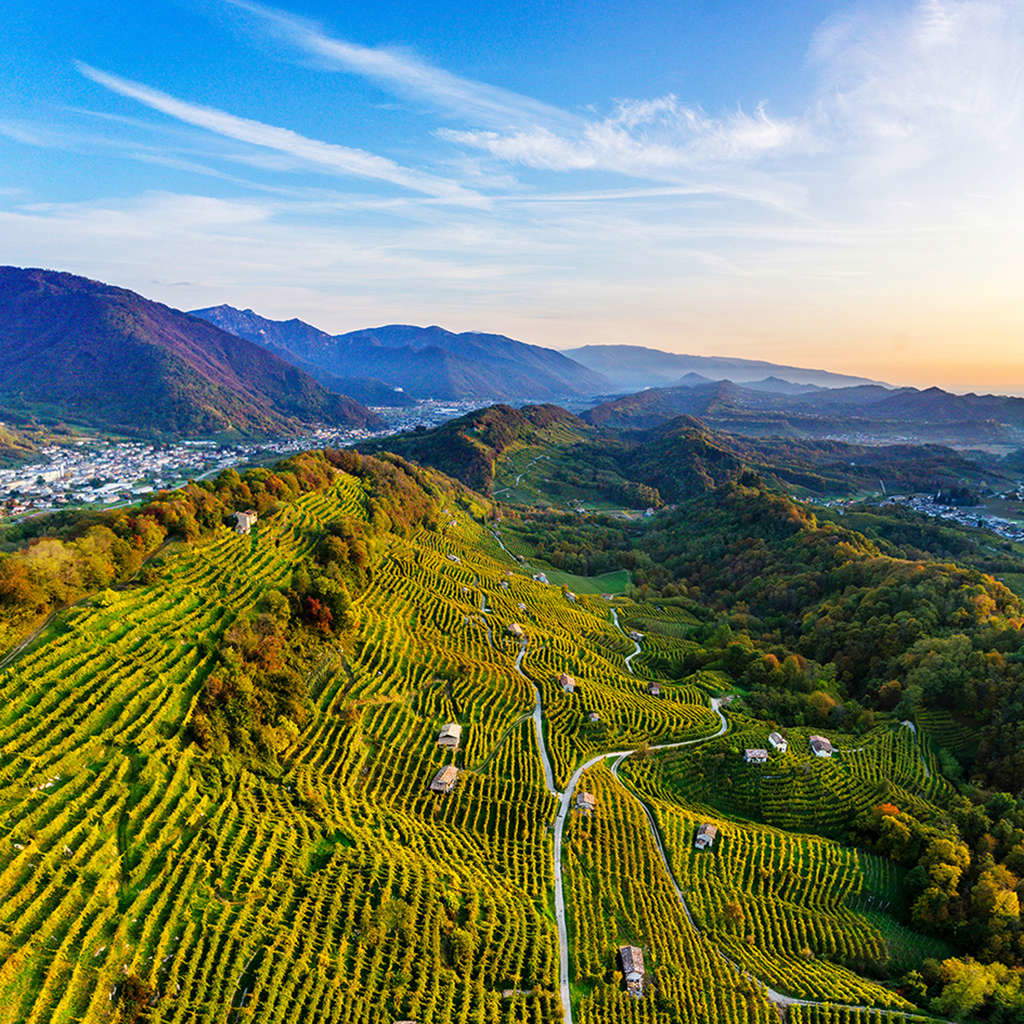Tourism in Unesco sites: balance is needed between tourism planning and site management
I am going to enumerate the Unesco sites in the Veneto: Venice and its Lagoon, Vicenza and the Palladian villas, Verona, Padua (my city, which has two Unesco sites: the Botanical Garden and, recently, the fresco cycles of the 14th century, and therefore a very well known), the Venetian defense works (I mention Peschiera for all of them) that we share with other regions and other countries on the Adriatic side, the prosecco hills of Conegliano and Valdobbiadene (of fairly recent recognition), and then also a series of smaller sites, again co-habiting with others, such as the pile-dwelling sites of the Alpine arc (for example, the small lake of Arquà, which is part of this circuit). Then, among the MAB sites are the Po Delta, Monte Grappa, and the Euganean Hills. In this list you also recognize very important destinations: of course, there are very relevant, universally known destinations such as Venice, and so they are also already major tourist destinations. So the theme of tourism obviously does not apply to everyone: if anything, the theme is to return to the concept of a UNESCO site.
I am also a member of the steering committee of the Venice and its Lagoon site, and I met both before the covid and after the covid with the Unesco delegation and the Icomos delegation who were coming to make verifications because Venice was a site at risk of exit: they were therefore coming to verify what measures were being taken by the city, because the problem is not only overtourism, which has been talked about a lot, even too much perhaps, sometimes even inappropriately. The fact is that tourist monoculture can lead to a compromise of a very fragile destination like Venice, so the answers are different and they do not lie in tourism, they lie in how to retain the population, or how to look for new employment opportunities that are compatible with a reality like this.


The other dialogue that I remember is the one I had with the head of the Unesco delegation at the time of the first attempt of the Prosecco Hills, the one that was not accepted: he recommended that we should be careful with tourism development, because the area is recognized for its landscape, so we should not think about accommodations unless they were consistent with this model and this landscape.
I don’t want to be anti-tourists (I’ve been doing tourism for forty years, I started out doing promotion, I managed a destination for many years, and I know the business of promotion well), but today the issue, both for destinations, mature Unesco sites and emerging ones, is how to find that balance that allows us to hand over to future generations the enjoyment of this that is no longer a heritage of the area alone. Unesco recognition should not be experienced as a medal that one has to put on. Of course, one must be proud, but one must also be aware of what it means to be a Unesco site. So here I make a reflection: for as long as I can remember, ever since I was the director of the Padua Tourism Company and I was comparing myself with the prefect of the Botanical Garden of Padua, the oldest university botanical garden in the world left in the same place, I was comparing myself with the management plan and saying be careful, because a management plan for the Unesco site, in a city that is or also wants to be a tourist destination, cannot be divorced from, for example, a strategic destination plan, a destination management plan.

I believe (and some efforts are being made, for example with my colleague Katia Basili who follows both in Venice and Vicenza) that we need to integrate the strategic planning of a tourist destination with that of the Unesco site, because if the theme is that of education, enhancement and awareness then you need to do initiatives having in mind that you are a Unesco site and having in mind that you want to make people enjoy the territory in a conscious way. Here, I think this is the challenge: there is no difference between Unesco sites that are already known, and that already attract tourist flows, and emerging sites. The real issue is awareness: more and more with colleagues who also manage important destinations (I’m thinking of Luca Caputo who manages Verona Garda Foundation) repeat, and operators do not misunderstand us, that we need to do less and less promotion (sure, there are places that need to be promoted known) and more and more organization and management, because the real issue is in the quality of reception, in the quality of the fruition of the places, in how you approach the places and also in creating awareness in those who come to visit them. Sometimes we also generally talk about overtourism, but perhaps we should say overcrowding, or overcrowding of some places at some times: for some sites, such as the Po Delta, we cannot talk about overtourism.
So balance and awareness are needed, it is necessary to organize the offer, to organize the reception, to make the fruition of the territory pleasant and really suitable for a Unesco site. This is true for all sites, but it is even more true for Unesco sites. Those who come to visit a Unesco site must find themselves well, just as the citizens who live those places must find themselves well, and therefore there is a growing need (in tourism management, in destination management, in the management of Unesco sites) for the involvement of host communities, the involvement of residents, in order to make them gain awareness and pride in the place where they are and also to give them back the value that this place expresses, which is not only the prerogative of those who come to visit it, but also of those who live it every day.
This talk was given at the Being a UNESCO Siteconference , organized by Finestre Sull’Arte at the TTG fair in Rimini, October 9, 2024.
Warning: the translation into English of the original Italian article was created using automatic tools. We undertake to review all articles, but we do not guarantee the total absence of inaccuracies in the translation due to the program. You can find the original by clicking on the ITA button. If you find any mistake,please contact us.




























